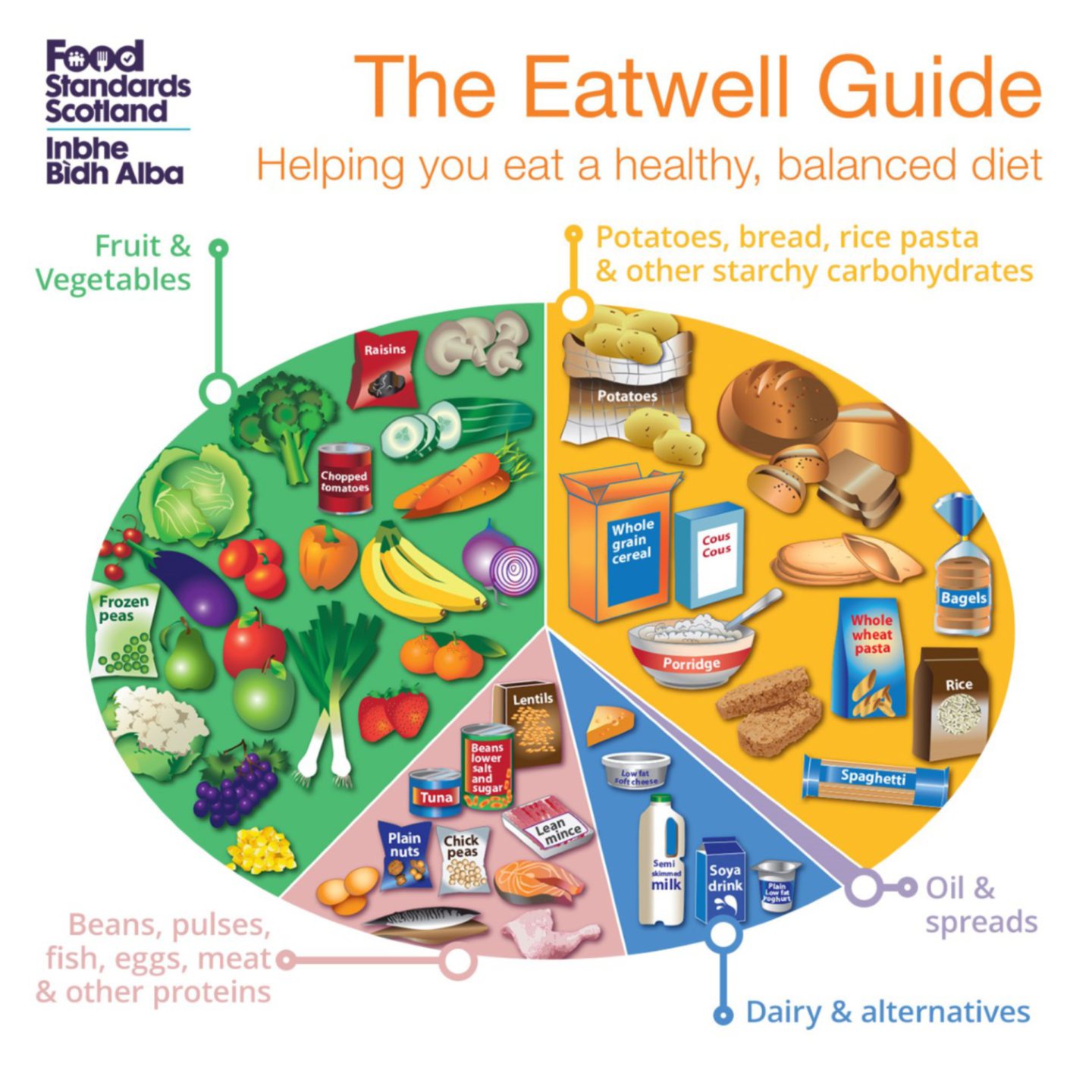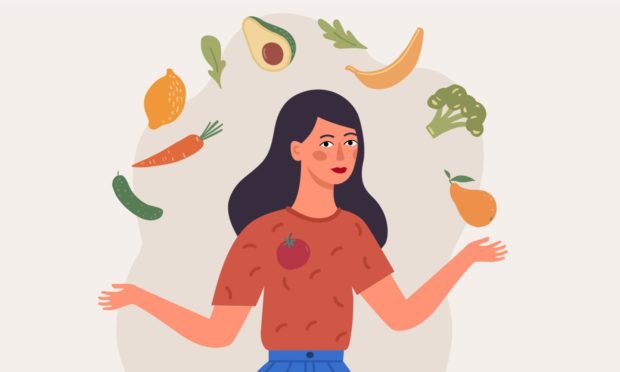Less than 1% of us follow all the government’s healthy eating advice – and changing our diets to fit could massively cut greenhouse gas emissions.
In a new report, the British Nutrition Foundation says there is a need to “transform” the way we eat to protect the health of humans and the planet.
And following government-backed advice, such as the Eatwell Guide many are already familiar with, could make a big difference.
It recommends we eat at least five portions of fruit and veg a day, choose starchy foods for one-third of our intake, and limit dairy, meat and fats.
No need to ditch meat completely
The British Nutrition Foundation (BNF) says simply following the Eatwell advice can cut an adult’s greenhouse emissions by 30%.
It would also reduce water usage by 4%, and reduce their risk of dying from associated health problems by 7%.
The guide still recommends eating some meat and animal products, however – and the BNF says there are “trade-offs” when it comes to going vegetarian or vegan.
While the likes of milk, yoghurt and eggs can contribute to greenhouse emissions, their “high nutrient density” could cancel out their environmental impact.

Additionally, it says animal-sourced products provide a good deal of iron, vitamin A, iodine and zinc for our diets, and people need to pay attention to ensure they aren’t missing out.
BNF director general, Prof Judy Buttriss, said: “An advantage of this kind of plant-rich diet, which can still include some meat, fish, dairy products and eggs, is that it is based on dietary patterns already familiar in the UK and already being adopted to some extent by many of us.
“However, currently less than 1% of people are achieving all of the Eatwell Guide recommendations, and so there is room for improvement for almost all of us.
“It’s vital that nutrition is central in discussions about transformation of food systems so that we don’t risk encouraging dietary changes that might benefit the environment but could be detrimental to people’s health.”
How can I eat more sustainably?
The BNF says there is no ideal “one-size-fits-all” solution to making our diets more sustainable, but has outlined the six key changes we can make.
